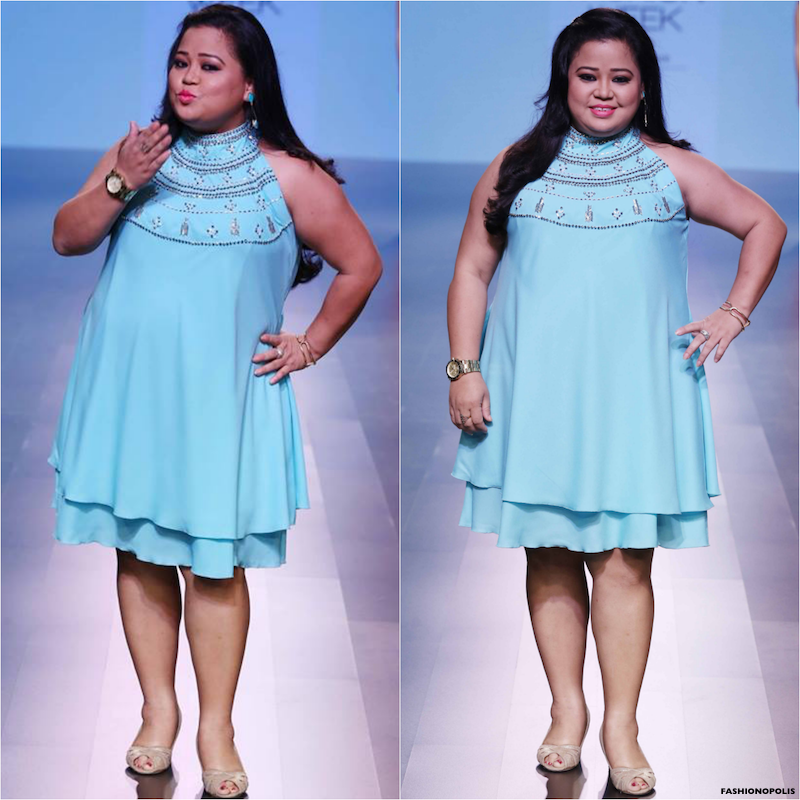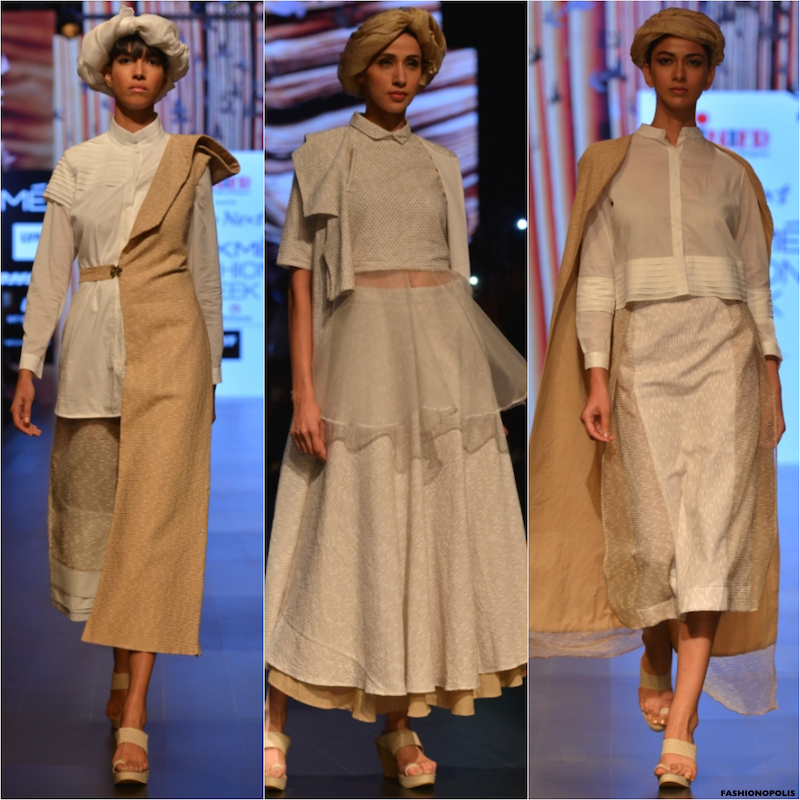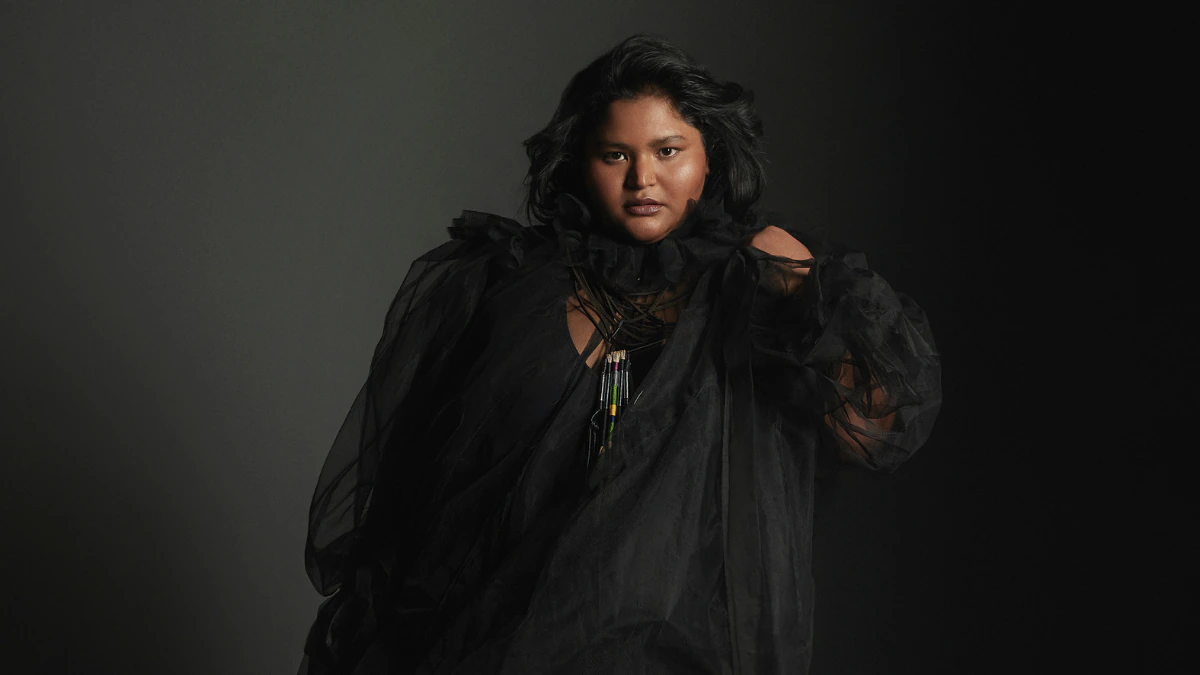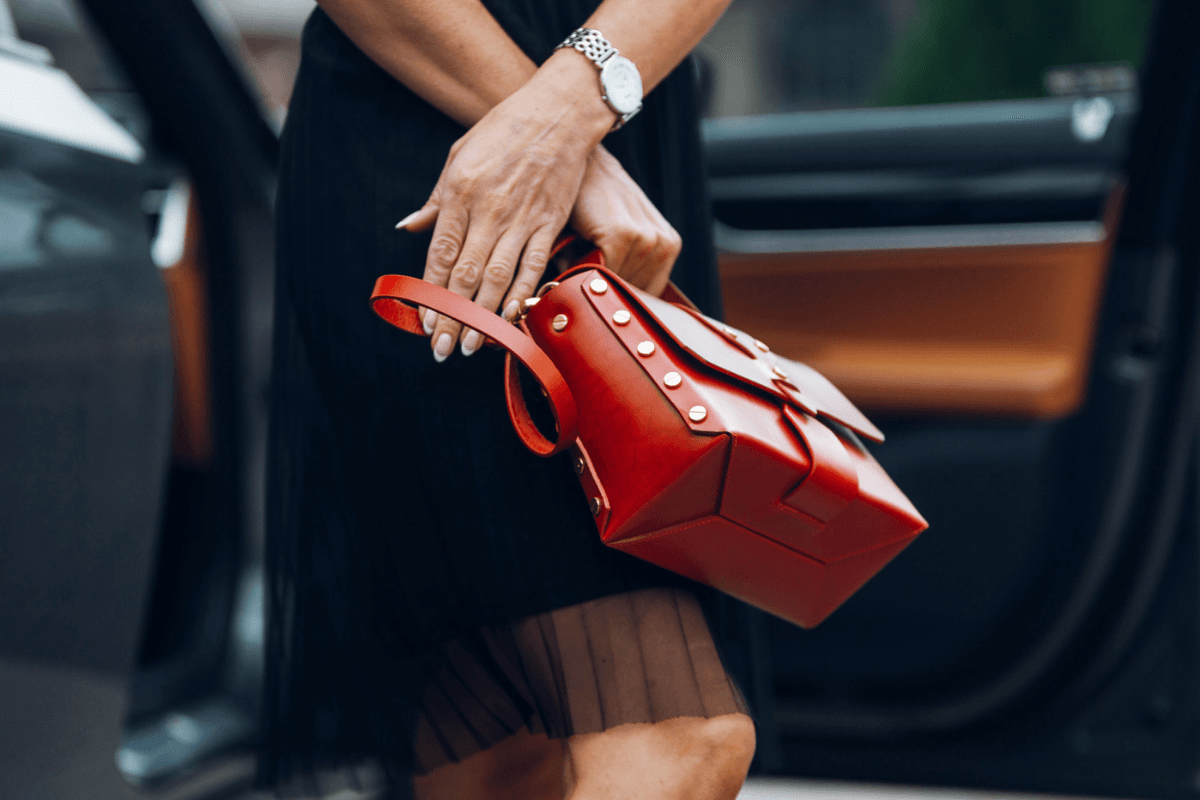For most people, the heart of any Fashion Week is, well, the fashion. One attends it in pursuit of new trends, fabrics and designers. However, this season, amidst all the glitz and glam there were also some groundbreaking trends and feminist moments. In many ways, Lakmé Fashion Week Summer/Resort 2016 represented the changing face of Indian fashion.

For starters, not everyone considers fashion as a feminist industry. Many find it superficial and vain. What most people are not aware of is, the most iconic, fashion forward creations and trends have also empowered women.
Like every industry, fashion too, has its flaws. However, fashion has been an ally to women and the LGBTQ community over many others. So, don’t be so quick to judge the fashion industry. There is far more to it than meets the eye.
My aim is to show how socially relevant and feminist the fashion industry can be. Here are four, first of its kind, groundbreaking moments from Lakmé Fashion Week Summer/Resort 2016 that prove just how feminist the Indian fashion industry can be.

Carol Gracias Making A Pregnant Statement!
At the close of designer Gaurang Shah’s show, supermodel Carol Gracias appeared on the runway wearing a green-and-pink sari. Now, there is nothing new about a supermodel closing a designer show. However, Carol was not alone. She was accompanied by her prominent baby bump. Never in the history of Indian fashion has anyone walked the ramp with a baby bump. First of its kind, a pregnant Carol walking the ramp was nothing short of path-breaking and revolutionary.
For years, Indian women have been asked to cover their protruding pregnant bellies with layers of boxy and shapeless clothes. Breastfeeding a hungry child in public will get you more frowns and scowls than urinating in public. And only very recently we have become comfortable about discussing our periods openly.
In India, like many other parts of the world, women have been told to either hide or be ashamed of everything and anything that is considered as a natural female experience. Not anymore! This one move by Carol empowers women to get conformable in their own skin and enjoy all attributes of womanhood.
Also read: How Motherhood Champions For Body Positivity

Welcome To The Plus Side
As someone who has spent her adult life working in the fashion industry, I have dreamed and hoped that one day in my life I would see a plus size woman with visible body fat walking the Indian ramp. But, never in my wildest dreams did I think that would happen sooner than later!
Let’s be honest, India is one of the lest body positive and plus size friendly countries in the world. We barely see any positive plus size representation in mainstream. Our fashion magazines are completely thin-washed and finding ready-to-wear clothes over size 18 is as good as winning a lottery. So, imagine my joy when I see a collection that categorically states, ‘Size No Bar’. Out walks comedian Bharti Singh to prove it, once and for all, that style is not restricted to a single body size. Bharti walking the ramp is a sign of hope for plus size women all over India. It sends a message that you can be stylish at any size and being fat and fashionable are not mutually exclusive. Take it from a plus size fashion blogger, Bharti walking the ramp was the need of the hour. It signifies that every woman, regardless of her size, is relevant, desirable, and utterly magnificent. For a country that has over 60% of its population as plus size, to ignore their existence and needs is not only discriminatory but downright fool hardy from a business standpoint too.
This was the first step towards body positivity and diversity. Next season, I hope to see plus size models instead of thin models showcasing plus size clothes, more designers showcasing plus size clothes, and more plus size showstoppers.
Also read: How I Went From Body Shaming To Body Positive

Breaking the Gender Binary
Androgyny has been the go-to trend for fashion designers for a while now. Gender neutral and gender fluid fashion has been accepted and applauded. Aesthetically, the gender binaries have started to diminish. Sadly, the representation of the transgender community is abysmal. Often depicted as stock characters and frequently mistaken as drags and gays, most people are clueless about transgender people and their experience. Plus, lack of knowledge paired with age old prejudice makes it even more difficult for them to freely express themselves.
While Indian fashion industry has been more LGBTQ friendly than most, just like plus size, transgender people have minuscule representation in it. The applause that transgender activist Laxmi Narayan Tripathi received when she walked the ramp with the words ‘Gender No Bar’ flashing behind, was a telling sign of the changing times. Globally, we have seen transgender models and celebrities like Laverne Cox and Caitlyn Jenner being accepted by mainstream media and fashion industry. Laxmi walking the ramp is an indication that there is a hope for inclusion of transgender community in India. Also, it’s very promising to see new brands breaking stereotypes and striving for more inclusion and diversity.

A Matter Of ‘Modest’ Choice
When it comes to modest fashion, I have been on both side of the fence. Like Pierre Berge, I too was “scandalized” by the concept. Mr Berge stated:
“Designers are there to make women more beautiful, to give them their freedom, not to collaborate with this dictatorship which imposes this abominable thing by which we hide women and make them live a hidden life.”
As I nodded my head to every word Pierre Berge had to say about the whole concept of modest fashion that has its roots in Islamic and Orthodox Jewish culture, a small part of me was just not ready to write it off. After some much needed research, I started seeing it for what it really is: A choice. If nudity empowers some women, then why can’t we accept that others are empowered by modest clothing. Why is one a feminist symbol while the other is seen as a sign of oppression and patriarchy? If a woman chooses to dress modestly, should we deny her that right?
Recognizing the need of some women who aspire to dress stylishly and modestly, Gen Next designer, Aqdus Saleem, presented her debut collection aptly titled, The Modest Chapter. A first of it kind, it has opened a entire new and untapped side of fashion. Plus, it has made people aware of the concept. Contrary to popular belief, modest fashion doesn’t just mean hijabs and abayas. It includes maxi skirts, tunics and flowy silhouettes. The beauty of modest fashion is — its appeal expands beyond a specific religious faith.
While the concept of modest fashion is still a new one, with many still doubting its intention, I, for one, see it as a sign of progress. It empowers women with more choices than they ever had before.
The Indian fashion industry, like many things in our society, has a long way to go on many fronts; starting with diversity, body positivity and feminism. But this season of Lakmé Fashion Week has show us, that fashion is not just about physical appearance but also closely connected with self-expression. While it is going to take time to see a complete change, the good news is, the seeds of change have been sown. This Fashion Week is all about rethink, redefine and reinvent fashion.
Disclaimer: This post was originally published here.
All images courtesy the author.
About the author(s)
Amena Azeez is the Founder and Editor-in-Chief of www.fashionopolis.in She is a Plus Size Fashion Blogger, Fat Activist and Body Positive Advocate.




Beauty lies in the eyes of beholder. Thanks for sharing this post with us. Love your content. Keep up the god work.